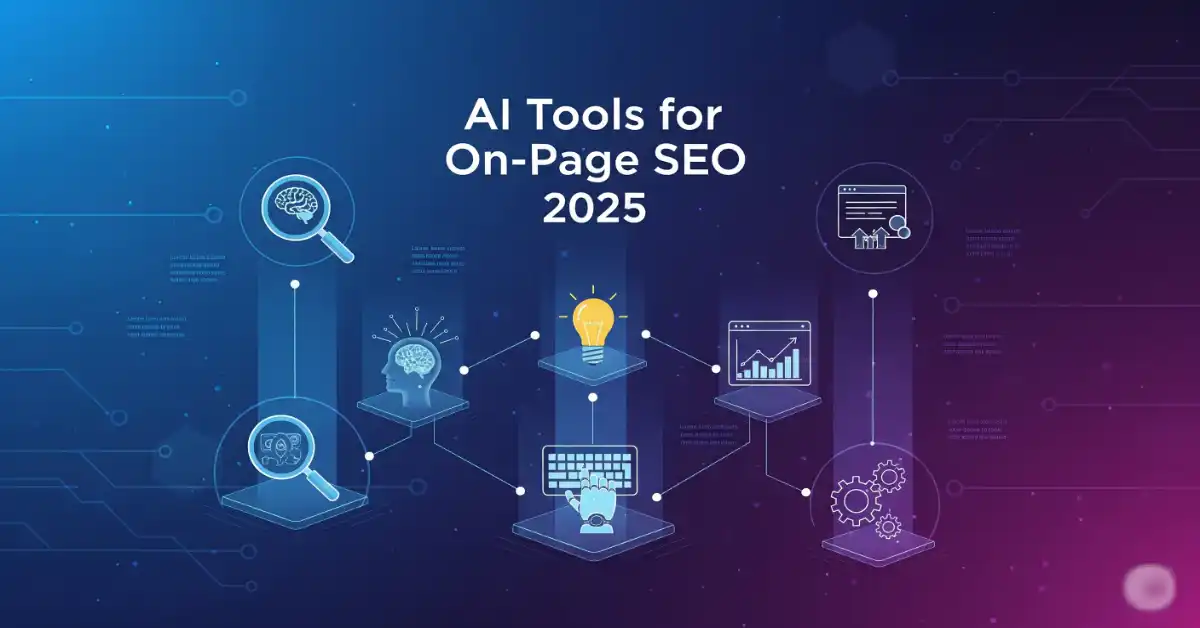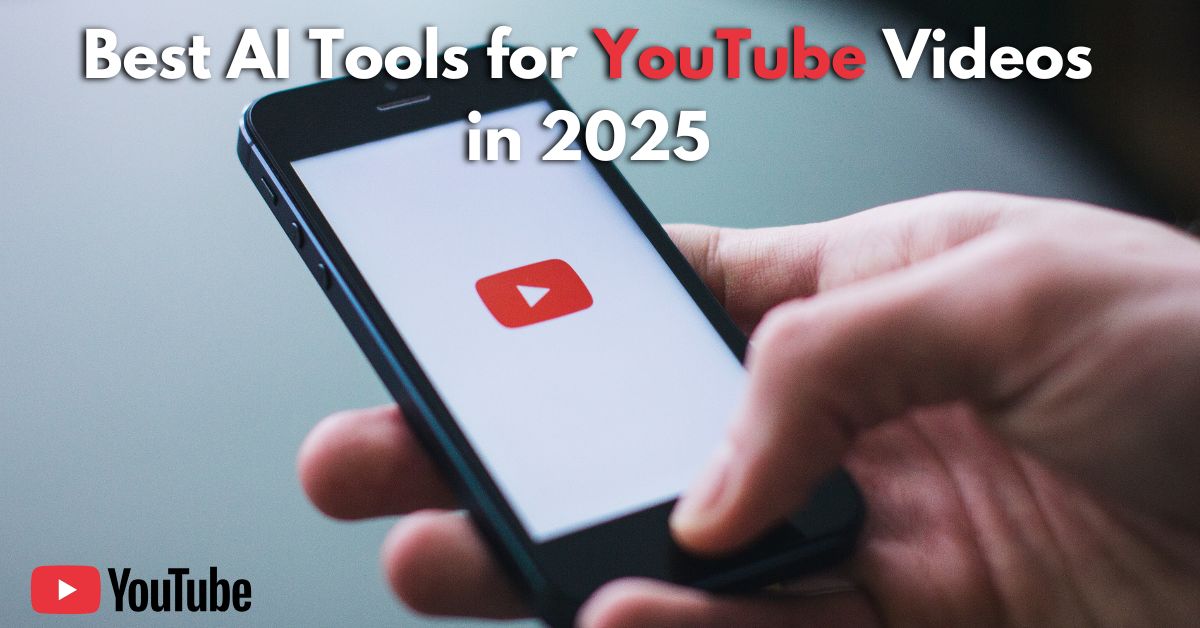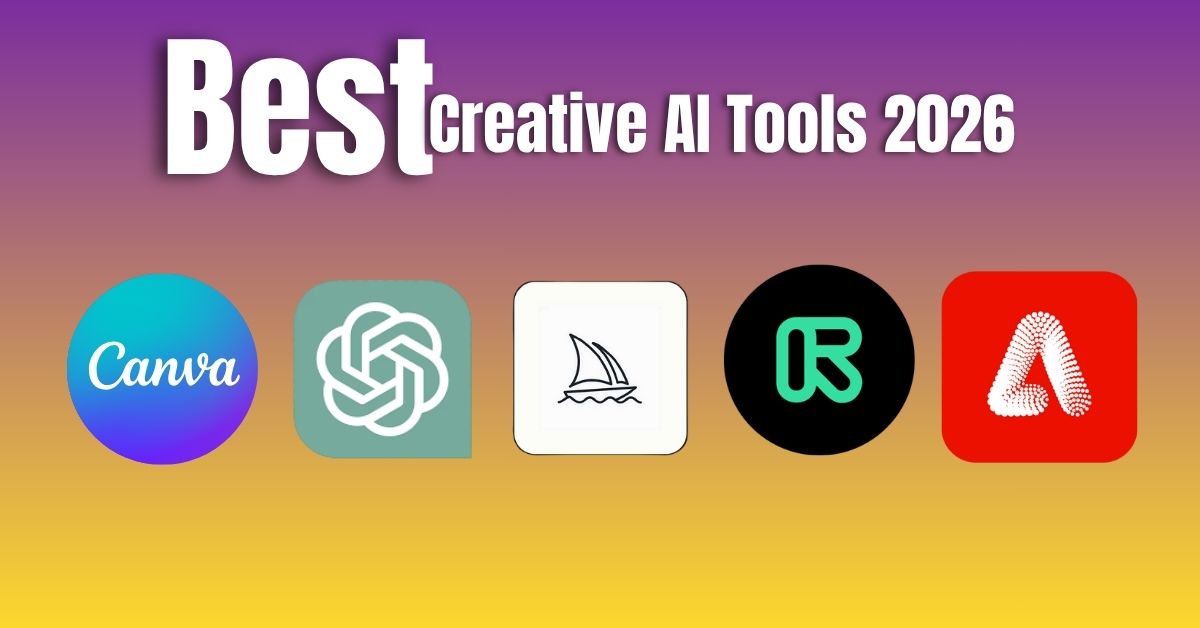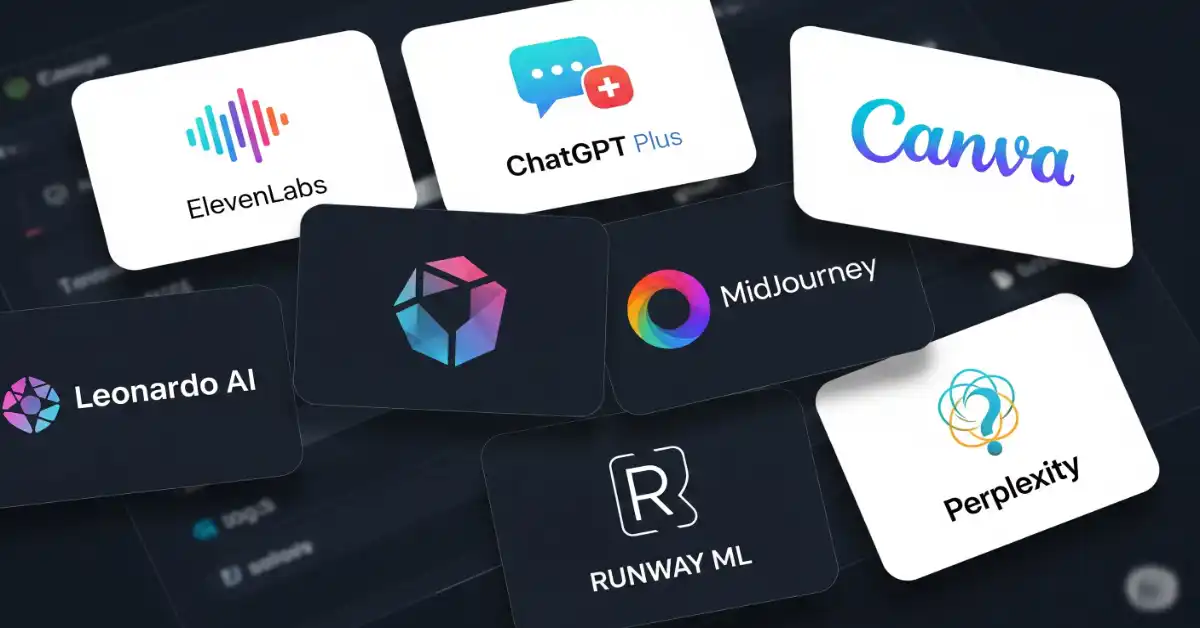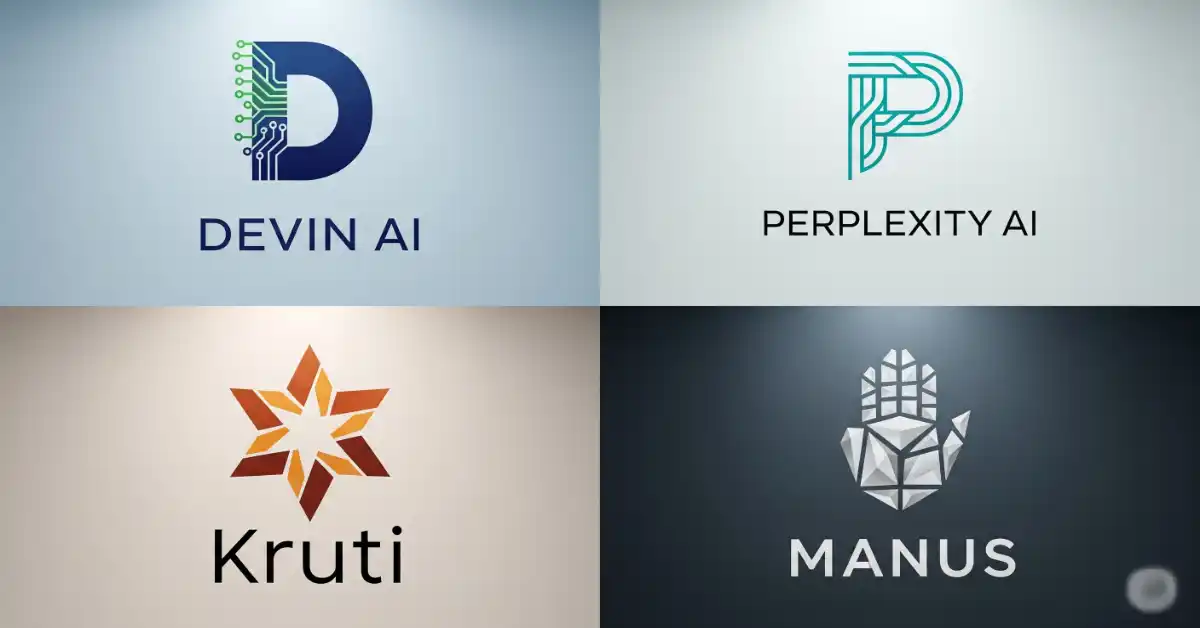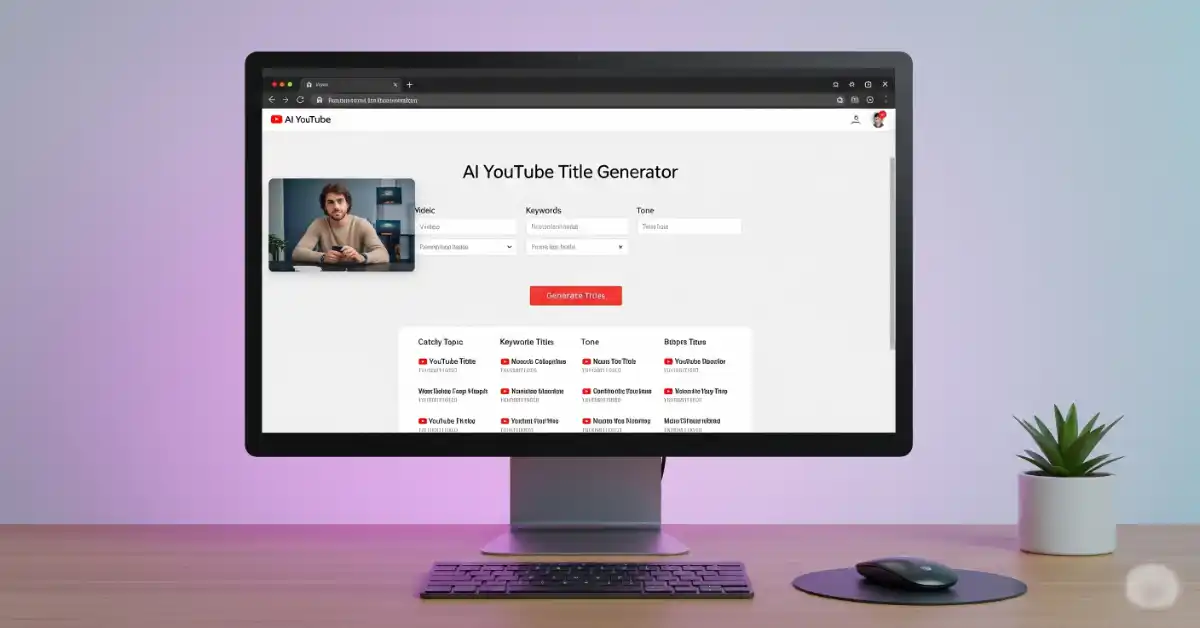I’m Faiz, I work hands-on with SEO Ai tools every week, testing how they help real pages rank. You will see my real-world workflow, direct facts from each tool’s own website, and clear comparisons so you can pick the right SEO Ai tools for on-page work in 2025. I’ll keep the language simple and the advice practical. (Ai tools Limited)
What Is On-Page SEO?
On-page SEO is the set of changes you make directly on your page to help users and search engines. It covers titles, meta descriptions, headings, internal links, images, and content depth. Today, SEO Ai tools analyze the top results, map key topics, and suggest edits so your page answers the query better. That mix of human judgment and machine guidance is exactly how I optimize. Tools like Surfer, Clearscope, MarketMuse, Frase, Semrush’s SEO Writing Assistant, and Conductor’s ContentKing all try to turn raw SERP data into actions you can ship.
Why On-Page SEO Matters in 2025
Search intent shifts fast, and updates are constant. Modern SEO Ai tools give you a live view of what the winners on page one are doing and where your draft falls short. Surfer builds content guidelines from the SERP. Clearscope grades coverage and readability. MarketMuse builds topic models and content plans. Semrush’s SEO Writing Assistant checks readability, originality, tone, and SEO signals as you write. Conductor’s ContentKing watches your site changes in real time. When I combine these insights, I publish faster and with more confidence.
My first pass is always titles and descriptions. I run a quick brief in a chosen tool, note the top entities and phrases, and then craft a clear title and benefit-driven description. Semrush’s SEO Writing Assistant shows readability and SEO suggestions; it also supports many languages beyond English, which helps if you serve global audiences. That keeps my drafts aligned with what searchers expect while still sounding human. Link: semrush.com/swa.
Use Headings and Subheadings to Structure Your Page
Good structure helps both readers and rankings. Clearscope’s guidance makes it easy to see which concepts you’re missing, while Surfer’s Outline and MarketMuse’s topical maps push me to cover the subject fully without fluff. I keep headings simple, answer common questions early, and make sure every section delivers value. Links: clearscope.io and surferseo.com.
On-Page SEO Checklist (Powered by AI)
Here’s how I actually work with SEO Ai tools on a real article. I start a content brief to lock the angle. I draft inside a writing assistant so I can watch readability and SEO scores. I enrich headings with missing topics from the brief. I add internal links to related pages. I check originality and fix thin spots. Then I run a live monitor to watch for technical regressions after publishing. This flow is simple, but powerful, because it keeps each change connected to data coming from the tools’ own engines. (Ai tools Limited)

How to Use AI for On-Page SEO: Methods, Languages, Founders, Websites, and Comparisons
I’ve grouped the most reliable SEO Ai tools I use. For each one I include the founders or leadership, what the tool does for on-page, language notes if the tool publishes them, and the official site so you can verify everything yourself. I compare them with direct statements from their own pages, not hearsay. (Ai tools Limited)
Surfer is a content intelligence platform built by Michał Suski and Sławomir “Sławek” Czajkowski. Surfer’s team describes themselves and their mission on their About page, which is where they also share the company story and leadership. In practice, Surfer helps me generate outlines, compare my draft against the SERP, and tune entity coverage before I publish. Link: surferseo.com/about.
Clearscope is led by co-founder Bernard Huang. Clearscope’s site explains his role and background. In my editing, I rely on Clearscope’s content grade and term recommendations to reach complete, readable coverage without keyword stuffing. Its editor is clean, and the workflow is easy for freelance writers to adopt. Link: clearscope.io.
MarketMuse was founded by Aki Balogh, with Jeff Coyle as co-founder and Chief Strategy Officer. MarketMuse’s About page and founder profiles explain how it launched and how the platform builds topical authority with AI. I lean on MarketMuse when a topic is broad and I need a strategy that goes beyond a single post its brief plus plan helps me map clusters and fill gaps. Link: marketmuse.com/about.
Frase positions itself as an AI platform for researching, outlining, and writing content. Its website describes how Frase speeds up research and helps with briefs and optimization. I like Frase when I’m building a first draft quickly and want AI to propose section-level talking points.
Semrush’s SEO Writing Assistant (SWA) is part of a larger suite founded by Oleg Shchegolev and Dmitry/Dmitrii Melnikov. The official Semrush investors/board pages confirm both founders and the leadership changes in 2025, and the SWA product page explains how it checks readability, originality, tone of voice, and SEO Ai tools signals in real time. Semrush also documents the languages SWA supports, which include English and several European and Asian languages. Links: semrush.com/swa and investors.semrush.com.
Conductor’s platform brings ContentKing monitoring into a unified SEO suite after Conductor acquired ContentKing. Conductor describes this integration on their site and notes SSO and workflow features that speed up team adoption. I use this stack when I need real-time alerts for on-page changes that might hurt rankings, like title rewrites or noindex accidents. Links: conductor.com and conductor.com/blog for the acquisition posts.
PageOptimizer Pro (often called POP) is focused on on-page scoring and competitive analysis, built around a patented methodology created by founder Kyle Roof. POP’s site explains why they believe their approach gives accurate guidance and shows comparisons to other tools. I reach for POP when I want strict, test-driven on-page recommendations and a clear optimization score to hit. Link: pageoptimizer.pro.
Now, here’s how I compare them in my own workflow. When I need fast briefs and outlines tied closely to the current SERP, Surfer and Frase are my first stops. When I need a deeper strategy across a topic cluster, MarketMuse gives me the map. When I’m editing line by line to publish today, Semrush’s SEO Ai toolsWriting Assistant keeps me honest on readability, originality, and tone, and its language support helps if I draft beyond English. When the site is live and teams keep shipping, Conductor with ContentKing watches for unexpected on-page changes. When I want a lab-style on-page score backed by test methodology, I run POP. That mix covers the full cycle from plan to publish to protect.
Methods I Use With SEO Ai tools
I follow a simple method that keeps me productive. I choose the primary keyword and two to three related intents based on what the tool brief shows. I write a straight draft in plain English without worrying about keywords. I paste the draft into my chosen assistant and fix structure, missing topics, and readability one section at a time. I add helpful internal links and short, descriptive image alt text. I publish, then set up monitoring. This method blends human voice with machine checks, which is why it keeps working even as algorithms change. (Ai tools Limited)
Languages and International Support
Most tools work best in English, but I confirm support before I plan translations. Semrush documents the languages supported by SEO Ai tools Writing Assistant English is strongest, and it lists Spanish, German, French, Italian, Portuguese, Dutch, and several others. If a tool’s site doesn’t publish a language list, I test a sample draft in that language and check whether the tool returns solid suggestions. This saves time and avoids weak localized pages.
Founders and Developers
When I choose software for my stack, I like to know who built it and whether they share their roadmap. Surfer highlights its founders and story. Clearscope’s co-founder Bernard Huang is open about the product’s goals. MarketMuse shares both founders and the evolution of its AI features across the years. Semrush’s investor pages explain the founders, the leadership updates in 2025, and the broader company vision. POP explains its patented approach and the founder behind it. Conductor talks about acquisitions and integrations, which signals an active product direction. This transparency helps me trust the tool when I’m editing client-critical pages.
Competitors and “Other AI Agents” Compared
Many tools call themselves “AI agents,” but for on-page SEO, I measure them by how quickly they help me publish a better page. Jasper is a good example outside pure SEO Ai tools scoring. Jasper positions itself as an AI copilot for marketers, with enterprise workflows and a leadership update naming Timothy Young as CEO while co-founder Dave Rogenmoser remains chairman. I sometimes use Jasper to draft a clean first pass, then move that copy into an SEO assistant for optimization. Link: jasper.ai/company and jasper.ai/blog.
Against “agent” style tools, classic SEO Ai tools still win when you need grounded, SERP-based suggestions, strong plagiarism checks, and concrete readability targets. Agents can brainstorm, but the on-page details—like which entities to include, how long the sections should be, and how to tune title and H1—are where the specialized SEO Ai tools shine. That’s why my stack blends a creative writer like Jasper with an optimizer like Semrush SWA or Surfer.
Simple Playbook You Can Repeat Today
Here is the playbook I use, in plain language, that any serious blogger or in-house team can repeat. I create a brief with a tool that uses live SERP data. I write a human draft in simple words, the way I’d explain the topic to a friend. I open an optimizer and improve headings, add missing sections, and check readability. I fix title and description so they promise clear value. I add internal links to related articles and make sure images have alt text. I check originality. I publish and set a monitor to alert me to unintended changes. I revisit the page after two weeks, then again at six weeks, and I update it with new insights from the tool. This is boring, repeatable, and it works with Ai tools Limited
Conversion
Everything I claimed about founders, features, languages, and product integrations comes from the tools’ own websites. Surfer shares its founding story and mission. Clearscope shares its team and the co-founder profile. MarketMuse lists founders and how the product evolved. Frase explains its product promise and how it speeds research. Semrush confirms the founders and how SEO Ai tools Writing Assistant works and which languages it supports. Conductor details how ContentKing is integrated for real-time monitoring. PageOptimizer Pro explains its patented method and why it believes its scoring is accurate. I always verify on the official site before I recommend a tool to clients because that’s the only way to keep EEAT strong. (Ai tools Limited).
As Faiz, with two years of deep writing in the tech space, my advice is simple. Pick two or three SEO Ai tools that fit your budget and your publishing rhythm. Use them to brief, draft, optimize, and monitor. Keep your language clear, your structure tight, and your promises honest. The combination of your subject knowledge and the guidance from these platforms is what gets results in 2025. Keep testing, keep publishing, and keep learning. (Ai tools Limited)
FAQs About On-Page SEO
How to improve on-page SEO?
On-page SEO means making your website easy for Google and people to understand.
Use clear titles, short URLs, and the right keywords in your text.
Add headings, good images, and links so readers enjoy and stay longer.
Which tool is perfect for on-page SEO?
Yoast SEO is great because it shows red, yellow, and green lights to guide you.
It helps you fix titles, keywords, and meta descriptions easily.
What are the key factors of on-page SEO?
Key factors are using the right keywords in your text and titles.
Make sure your headings, images, and links are clear and useful.
Also, your page should load fast and be easy to read on phone or computer.
